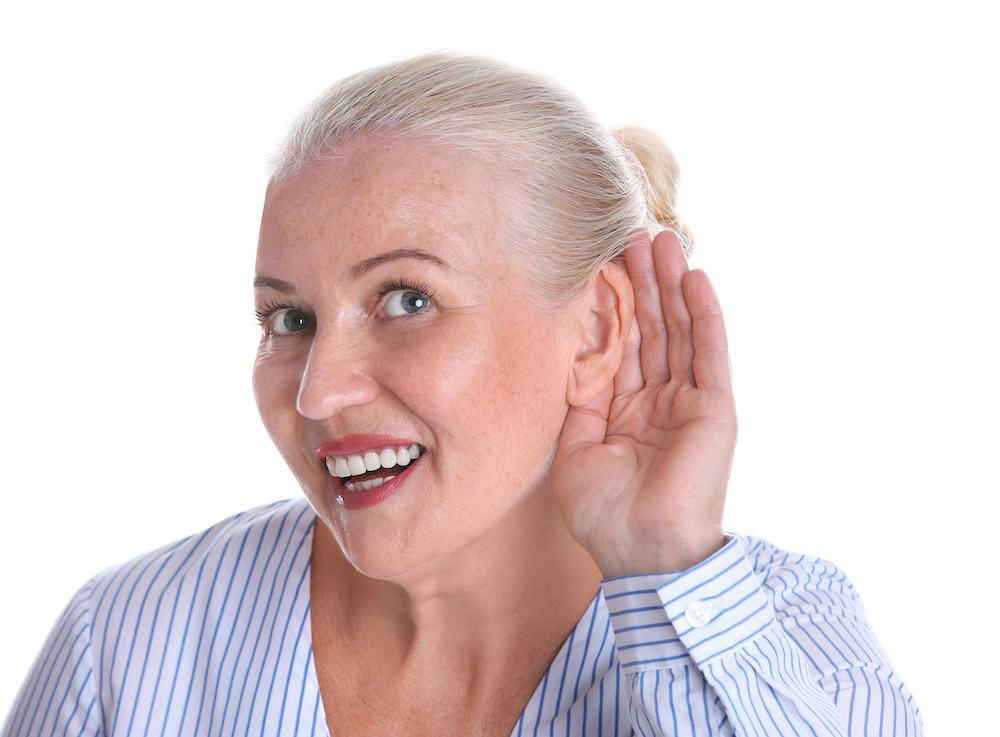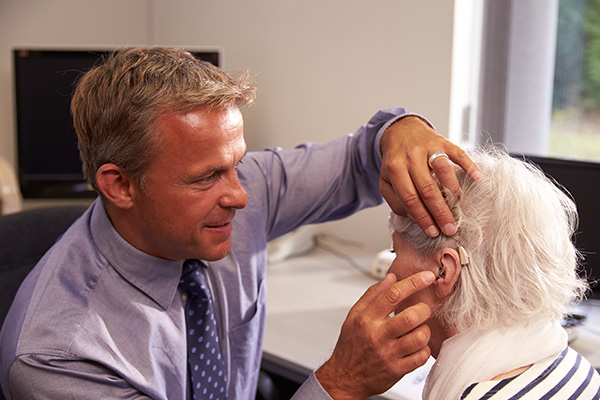3 Signs That You Are Wearing an Ill-fitting Hearing Aid
Manufacturers design most hearing aids to provide a bespoke fit for the
Refer a Friend or Family Member and Receive $100 Cash! Learn More →

By: admin | October 30, 2024
From your morning commute to your workout routine, headphones have become a constant companion in daily life. But have you ever paused to consider how your choice of headphones might be shaping your hearing health? Whether you’re a fan of snug earbuds, cushioned over-ear models or trendy bone-conduction devices, each type interacts with your ears in unique ways. Your preferred playlist might sound amazing through those noise-cancelling headphones, but are they helping or hurting your hearing in the long run?
And what about those earbuds you pop in for hours during work calls – how do they stack up? Understanding the impact of different headphone types isn’t just about audio quality; it’s about preserving the intricate machinery of your ears for years to come. Let’s explore how your headphone habits might be influencing your hearing and what you can do to enjoy your audio while keeping your ears in top shape.
To truly grasp the complex process that allows us to hear, we need to understand how sound reaches our ears. This fascinating aspect of our bodies is often taken for granted.
Sound waves enter our ear and are transformed into electrical signals by tiny hair cells in the inner ear. These signals are then sent to the brain, which interprets them as sound. If any part of this process is disrupted, it can affect how we perceive sound. This highlights the importance of maintaining good hearing health and seeking advice from hearing specialists when needed.
Hearing might seem simple, but it’s a complex process. Our ears are not just passive receivers of sound; they actively process sound, playing a vital role in how we interpret the world around us.
Let’s discuss hearing loss and how common it is. Hearing loss affects many people worldwide. According to the World Health Organization, over 5% of the world’s population – that’s around 466 million people – have disabling hearing loss.
Now let’s look at the variety of headphones available today. Each type comes with unique features and potential effects on your hearing health. From earbuds to over-ear headphones, the choices can seem endless. But understanding their differences can help you make an informed choice for your ears.
Earbuds are small and convenient, fitting directly into your ear canal. While they offer an immersive listening experience, they can also deliver sound directly into your ear at high volumes, which may lead to hearing loss over time. Over-ear headphones, on the other hand, sit around your ears rather than inside them. They typically provide better sound quality and are often considered safer as they don’t direct sound straight into the ear canal.
When choosing headphones, consider not only their style and sound quality but also their potential impact on your hearing health in the long run. A smart choice today could safeprotect you’re hearing for years to come!
Now let’s focus on in-ear headphones and their potential impact on hearing health. These tiny devices deliver impressive sound quality. But their close proximity to the delicate structures of your inner ear raises some concerns.
In-ear headphones, also known as earbuds, deliver sound directly into your ear canal. This direct delivery can expose your ears to high volumes for extended periods. Prolonged exposure at such close range could potentially lead to noise-induced hearing loss over time.
Now, let’s consider over-ear headphones and their impact on your hearing health. Unlike in-ear models, over-ear headphones rest on the outside of your ears. This design can provide a buffer between the sound and your ear canal, potentially reducing the risk of noise-induced hearing loss.
When assessing over-ear headphones for hearing safety, keep this checklist in mind:
Noise-cancelling headphones work by creating an opposite sound wave to cancel out ambient noise. This allows you to listen at lower volumes, potentially reducing the risk of noise-induced hearing loss. But it’s not all rosy.
Despite their benefits, noise-cancelling headphones can create an illusion of silence that encourages prolonged use. Extended periods of headphone use, even at lower volumes, can still strain your ears over time. Also, these headphones often come with a hefty price tag. So while they may offer some protection against high-volume damage, it’s essential to weigh the benefits against the costs and potential risks. Always remember – moderation is key when using any type of headphones.
After discussing various types of headphones and their impact on hearing health, let’s focus on volume control. This is a crucial aspect that can often be overlooked. The challenge is resisting the temptation to crank up the volume, especially in noisy environments. But high volumes can potentially harm your hearing over time.
A practical solution is to practice conscious listening. This involves being mindful of the volume levels when using headphones and reducing it whenever possible. Many devices also have settings that allow you to limit the maximum volume – a useful feature that can help protect your ears from excessive noise exposure.
As we discuss headphones and hearing health, it’s important to consider the long-term impact of regular headphone use. Just like how repeated exposure to loud noises at a concert or construction site can harm your hearing over time, so too can the daily use of headphones at high volumes.
Being mindful of your headphone habits today can make a significant difference for your hearing health in the future. By keeping volume levels reasonable, taking regular breaks, and seeking advice from hearing specialists when needed, you’re investing in your auditory well-being for years to come.
As we discuss headphones and hearing health, it’s essential to be proactive in protecting your ears.
Here are some practical tips to lower your risk of hearing loss from headphone use:
As we discuss headphone use and its impact on hearing health, it’s time to focus on how you can make smart choices when selecting headphones. With a plethora of options available, it’s essential to consider both your auditory health and listening preferences.
The best headphones for your ears will depend on various factors, including comfort, sound quality, and safety features. For instance, over-ear headphones are often recommended as they don’t direct sound straight into the ear canal like in-ear models do. Similarly, noise-cancelling headphones can be a good choice as they allow you to listen at lower volumes by reducing background noise.
In our increasingly digital world, understanding how to protect your ears and maintain good hearing health is essential. As we’ve discussed, regular use of headphones can potentially impact your hearing over time. However, with the right knowledge and habits, you can enjoy your favorite digital content without compromising your auditory well-being.
One key habit is moderating the volume levels when using headphones. Keeping the sound at a comfortable level protects the delicate structures in your inner ear from excessive noise exposure. Additionally, taking regular breaks from headphone use gives your ears a chance to rest and recover.
Lastly, don’t forget that seeking advice from a hearing specialist is always an excellent step towards maintaining healthy ears. They can provide you with tailored guidance and solutions based on your specific needs. In this digital age, taking care of our hearing health is more important than ever – our ability to hear connects us to the world in unique and valuable ways.
Your hearing health matters. The choices you make today about headphone usage can have a significant impact on your auditory well-being in the future. You’ve learned how different types of headphones affect your hearing and what you can do to protect yourself from potential harm. Now, it’s time to put that knowledge into action.
At Sound Choice Hearing, we understand the importance of preserving your hearing health in our increasingly noisy world. If you’re in Albuquerque, NM, feel free to reach out at (505) 565-7960 for more information or to schedule a consultation with one of our experienced specialists. We’re here for all your hearing needs and look forward to helping you live life with healthy ears!

Manufacturers design most hearing aids to provide a bespoke fit for the
By: admin | June 14, 2022

Many people, including some professionals, associate hearing loss with
By: admin | May 30, 2022

If you believe that you have hearing loss, you may have considered whether
By: admin | April 24, 2022
